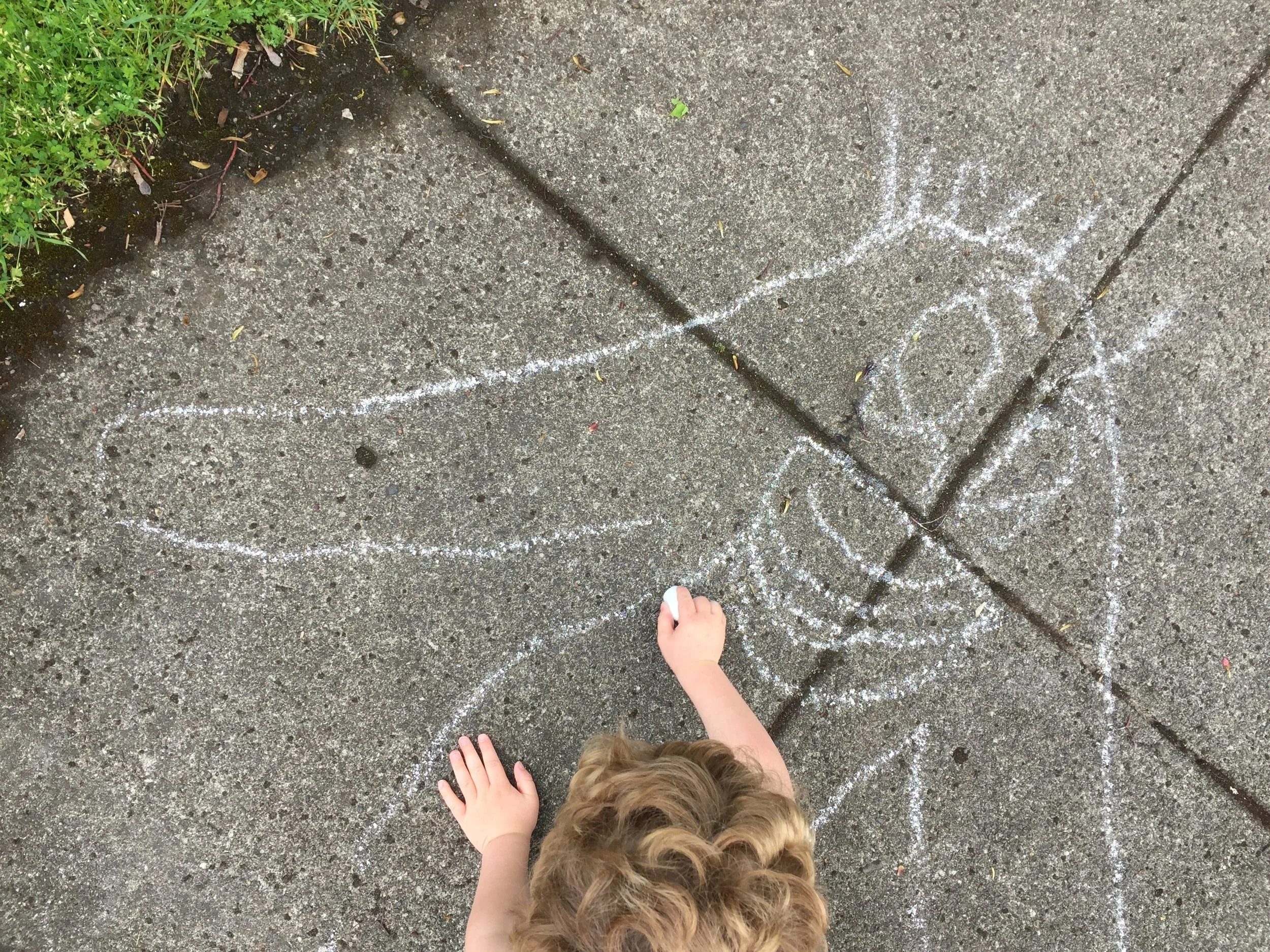“There was a child went forth every day,
And the first object he looked upon, that object he became,
And that object became part of him for the day or a certain part of the day,
Or for many years or stretching cycles of years.”
I never imagined that a degree in social work, countless hours (nearly two decades) spent providing childcare in families’ homes, a few years in an early childhood classroom and a passion for beautiful spaces and quality design would have led me here.
I've had the unique experience of spending many hours in other people’s homes, becoming well-versed in the joys, challenges and idiosyncrasies of the home environment.
Our immediate surroundings can support the unfolding of Our daily experiences or, alternately, create distress and frustration.
Nowhere does this play out more prominently than in a home with young children. Environments ill-suited to the curious and exploratory minds of newly mobile infants and toddlers become a minefield of “NO!” leaving the child to increasingly push limits instead of focusing on other developmental tasks of their age. Spaces overflowing with toys invite distraction, (paradoxically) boredom and, in turn, an unfortunate disregard for the care and keeping of valuable materials. Because, of course, no object can maintain its importance in an endless sea of others.
It was an accumulation of similar experiences that brought about the idea for this business—watching many different families struggle with the same exact things and indeed, struggling with them myself as I spent time with children in their homes. All too often I’ve observed children spending their days in environments unsuited to their chronological and/or developmental age. I’ve seen spaces catered to adults with inaccessible materials—beautiful yet frustratingly non-functional from a child’s perspective. I’ve witnessed the way parents inadvertently make more work for themselves when children need assistance to access even the most basic things, like a piece of paper or a cup for water. How can we encourage and expect independence from children when their environments do little to support their growing desire for autonomy?
A few minor modifications to the environment can make a world of difference.
Even the youngest children can participate in the process of caring for their spaces, leading to mastery and self-confidence.
The most important thing to remember about young children’s environments is that it is largely up to us as caregivers and parents to maintain pleasant and engaging spaces.
No child will ever tell you (with their words) that they have too many toys.
Of course, they will show you (with their behaviors) that they are overwhelmed and unable to focus.
Therefore it is our responsibility to observe the children in our lives, noticing their cues, and modify their environments accordingly.
Imagine an environment where children (even the littlest of littles) play independently and with focused attention for considerable stretches of time. An environment where children are surrounded by beautiful, quality materials that support their optimal development. In this space, children's treasured creations and collections are lovingly and prominently displayed, showing them, “Your work is valued. You are valued.” This “yes” space has been tailored to the interests and developmental stage of each child that uses it and we can feel safe and confident allowing our children to explore freely within it. Let’s imagine homes where parents and caregivers spend no more than ten minutes per day tidying their children’s play space.
Doesn’t that sound nice?
I am so excited to begin this journey supporting families to envision and develop enriching environments where children can learn, explore, imagine, experiment, practice, persevere and create. Your children deserve a nurtured space.




